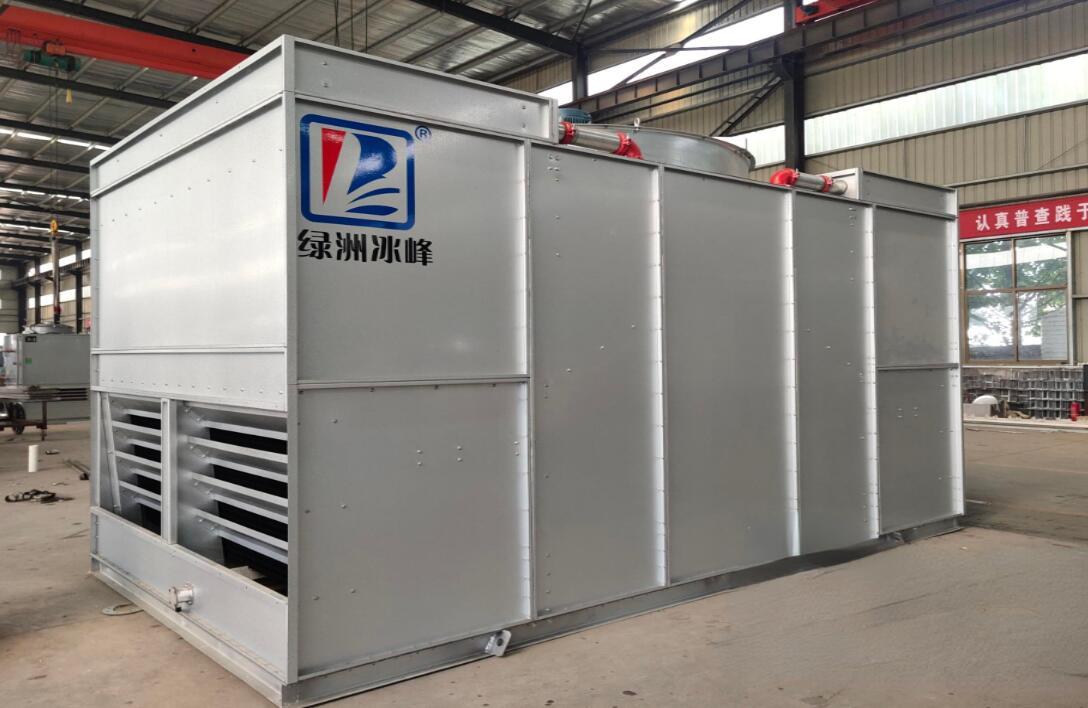11
2024
-
07
Characteristics and Advantages of Closed-Circuit Cooling Towers
A closed cooling tower is a heat dissipation device used to cool and reduce the temperature of circulating media. Its key feature is that the internal circulating medium is completely isolated from the outside environment, utilizing two distinct, fully separated circulation methods for effective cooling.
A closed cooling tower is a heat-dissipating device used to cool and reduce the temperature of circulating media. Its key feature is that the internal circulating medium is completely isolated from the external environment, utilizing two distinct, fully segregated circulation systems for effective cooling.

Advantages of closed-circuit cooling towers:
1. Excellent cooling performance, featuring two circulating cooling methods that deliver superior results.
2. The cooling medium remains completely isolated from the external environment, ensuring stable composition, preventing water evaporation, and keeping the circulation system free from scaling, clogging, and easy to clean. It also features a low failure rate.
3. Low energy consumption—during operation, the closed tower requires minimal manpower, water, electricity, and chemicals, significantly reducing operational costs.
4. Small footprint. The closed tower can be relocated at any time according to actual needs, offering greater flexibility.
5. Ensure stable production efficiency. Even during winter in northern regions, the closed tower can operate smoothly, guaranteeing consistent production output.
6. Longer service life. If operated and used properly, closed cooling towers can last for decades.

In summary, although closed cooling towers have a relatively high initial purchase cost, their subsequent operating and maintenance expenses are low. That’s why more and more companies are now choosing to adopt closed cooling towers.



